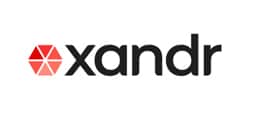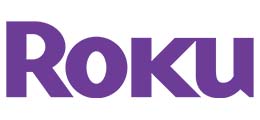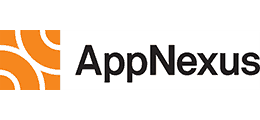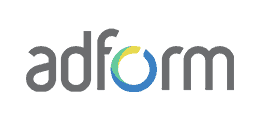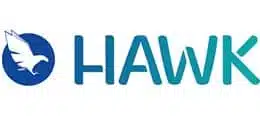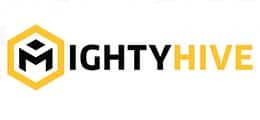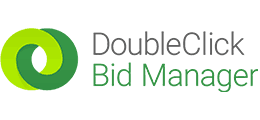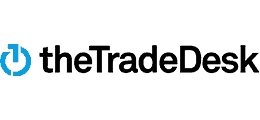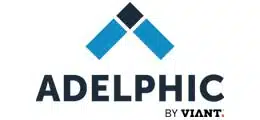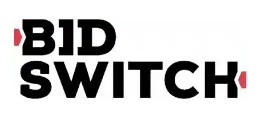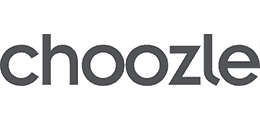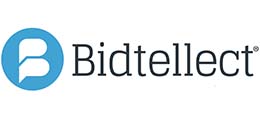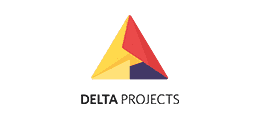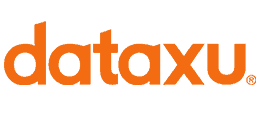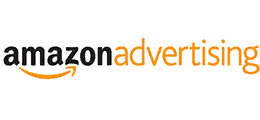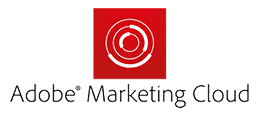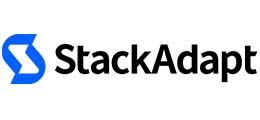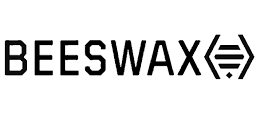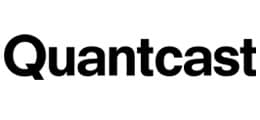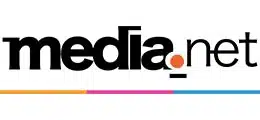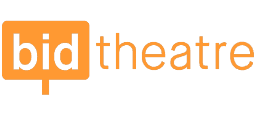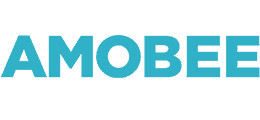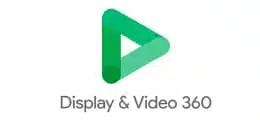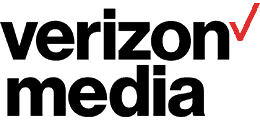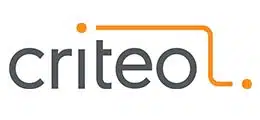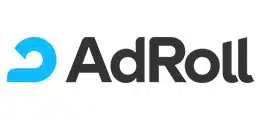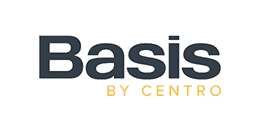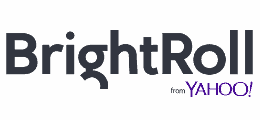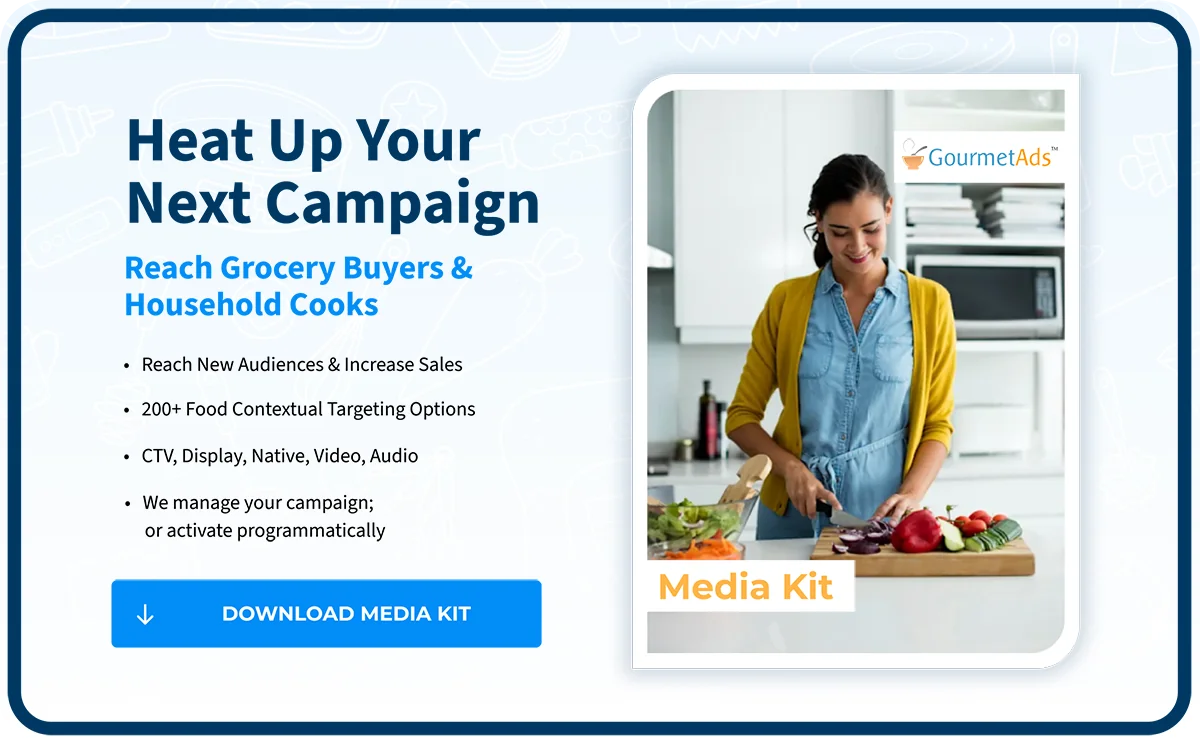Programmatic Advertising
Gourmet Ads provides various Programmatic Advertising solutions for brands, agency trading desks, publisher trading desks, independent trading desks, demand side platforms, and retargeters. A Programmatic Advertising company has completely changed the way businesses target their customers. While there are many different types of ads, Gourmet Ads mostly work with display, mobile, video, and native advertisements. Each of these formats has its own set of native ad specs that must be kept in mind for the ad to appear correctly and be optimized for the platform.
Our global team has deep and extensive experience when it comes to Programmatic Advertising techniques or any kind of food advertising solutions. Since 2008, we’ve collaborated with a wide range of food advertising agency, ranging from global food companies with hundreds of brands to traditional/ smaller and regional food companies. We have worked with both Demand and Supply-Side Platforms since 2012.
We can assist with everything “Programmatic” from setting up deals across our Managed or Curated Supply to running Programmatic Campaigns (Managed Services) to meet your key performance indicators. The management and optimization of programmatic advertising campaigns are referred to as Programmatic Campaign Management. This includes establishing campaign objectives, developing ad creatives, deciding which target markets to target, and monitoring campaign effectiveness. Retargeting vs prospecting in marketing are the two primary methods businesses can use to reach their target audience. Both retargeting and prospecting have a place in a successful marketing plan. To create an effective advertising campaign, it is essential to understand the difference between marketing vs advertising.
Programmatic Advertising Definition
Programmatic Advertising refers to automated processes that buy and sell ad space using AI and algorithms. The technology and resources required to simplify the purchasing and selling of digital ads are provided by programmatic advertising companies.
Programmatic Advertising firms act as a middleman between advertisers and publishers. They provide a platform for advertisers to bid on ad space and for publishers to offer their ad inventory. Agency Holding Companies offer advertisers a variety of services such as media planning and buying, creative services, and digital marketing. As a mediator between advertisers and publishers, these holding companies play an important role in the programmatic advertising ecosystem.
Contextual advertising is an effective targeting method in programmatic advertising that provides several advantages to both marketers and users. Advertisers may improve user experience, brand safety, and ad performance by connecting advertising with relevant content. Retargeting ideas & Remarketing ideas are two significant programmatic advertising methods that can aid companies in more successfully reaching their target audience. Remarketing targets customers who have already made a purchase or taken another specific action, whereas retargeting focuses on people who have already interacted with your website or other online content. An ad exchange uses a real-time bidding (RTB) system, which means that ad inventory is bought and sold in real time via an auction-style bidding process. Advertisers bid on impressions, which are opportunities to show an ad to a user. The highest bidder wins the impression, and the ad is shown to the user.
One of the most significant advantages of a Programmatic Advertising firm is that it enables advertisers to reach their target audience at scale across multiple channels and devices. Display, video, audio, native, and social media ads are all accessible from a programmatic ads firm. Advertisers can select the best ad format for their campaign goals and budget. Programmatic Display CTR Benchmarks vary depending on ad type and targeting methods used. The targeting methods used can also have an impact on CTR metrics.
Setup Deal IDs to target High Quality Inventory
Private Marketplace Deals are typically “Invite Only” or Exclusive Programmatic Advertising Auctions that give the buyer priority or preferred access in the Ad Server or Supply Side Platform on a Semi-Reserved basis with agreed on pricing. Deals generally consist of predetermined High Quality Inventory or specific Audience Segments.
Let our team manage your Programmatic Campaigns
Since 2008, we’ve offered our Programmatic Managed Services to Brands and their Advertising Agencies. Our team have both the Strategic and Tactical experience, as well as the global footprint of ad operations to ensure success.
PMPs powered by Data Science & Machine Learning
Smart Deals are a type of PMP that are built using Data Science and Machine Learning within the Appnexus Ad Server, set using specific campaign KPIs in real-time. In the past we’ve used historical data to surface impressions into a Deal, now using Smart Deals it happens automatically in the Ad Server.
Programmatic Guaranteed
Programmatic Guaranteed – Reserving High-Quality Inventory.
Gourmet Ads offers buyers the ability lock in Programmatic Guaranteed on a one-to-one basis with Higher Priority than regular PMPs or Deal IDs.
Curated Deals – Managed Supply + Curated Supply
Gourmet Ads offers a scalable solution we’ve branded Curated Deals. Curated Deals slightly differ from our managed Supply Deals which are typically setup in Appnexus. Curated Deals are totally bespoke and Brand Safe.
A Programmatic Open Exchange Marketplace
Gourmet Ads offers an Open Exchange Marketplace (via Xandr Member ID 1792) allowing programmatic buyers direct access to our inventory via Open Auction which runs behind our PMPs / Deal IDs. Our Open Exchange in Xandr is pricing model is a 2nd Price Auction.
Buying Viewability with Confidence
For Advertisers that prioritize Viewability metrics as a core KPI for campaigns, Gourmet Ads offers two Viewability solutions. Both Viewability options are executed by Private Marketplace Deals and depending on your requirements, we offer both MRC Viewability Standard and GroupM Viewability Standard.
Programmatic Reports
Comprehensive Yet Simple Programmatic Reports
Gourmet Ads Programmatic Reports solution is simple. We provide on a monthly basis Programmatic Buyers and Brands Trading programmatically, complete transparency from a Sell Side perspective. We also provide Media Traders our detailed Deals Report.
What Is Programmatic Advertising?
Programmatic Advertising can be simply defined as the automation of selling and buying online advertising. The phrase “Real Time Bidding” has been replaced by the more broad term “Programmatic Advertising” in recent years. This type of automation makes executing transactions easier and more effective by streamlining the advertising process. Ad exchanges are essential to programmatic advertising because they let advertisers participate in real-time auctions for ad inventory. In programmatic advertising, there are multiple ad exchanges, and the cost of using them varies depending on several factors.
An easy to understand Programmatic Glossary
Confused and struggling with all the Programmatic Advertising terms, programmatic definitions and all programmatic acronyms that are used every day? Our Programmatic Glossary is a comprehensive List of Programmatic Advertising Terms, Definitions and Acronyms.
Looking for ready to go “Off the Shelf” Always On Deals ?
Our Always On Deals can be used for any programmatic campaigns and are available across a few different categories these being Placement Based Deals, Contextual Targeted based Deals and Audience based Deals.
Programmatic Advertising FAQs
Frequently Asked Questions our team are asked about Programmatic Advertising.
Integrated Demand Side Platform Companies (DSPs)
For programmatic enabled Brands with In-house Trading Teams, Agency Trading Desks, Advertising Agencies, Retargeters or Independent Trading Desk, Gourmet Ads is built upon the Xandr tech stack and fully integrated Programmatically with the following Demand Side Platform Companies (DSP) enabling streamlined, transparent connections between Advertisers through to end-user Consumers.
Let’s Get Started !
Let the Gourmet Ads team walk you through all the options available to ensure that your Food, Supermarket, Beverage or Kitchen advertising campaign has the best possible combination of Premium Guaranteed Inventory, Scale, First Party Data, Contextual Targeting and Programmatic Advertising elements.
















